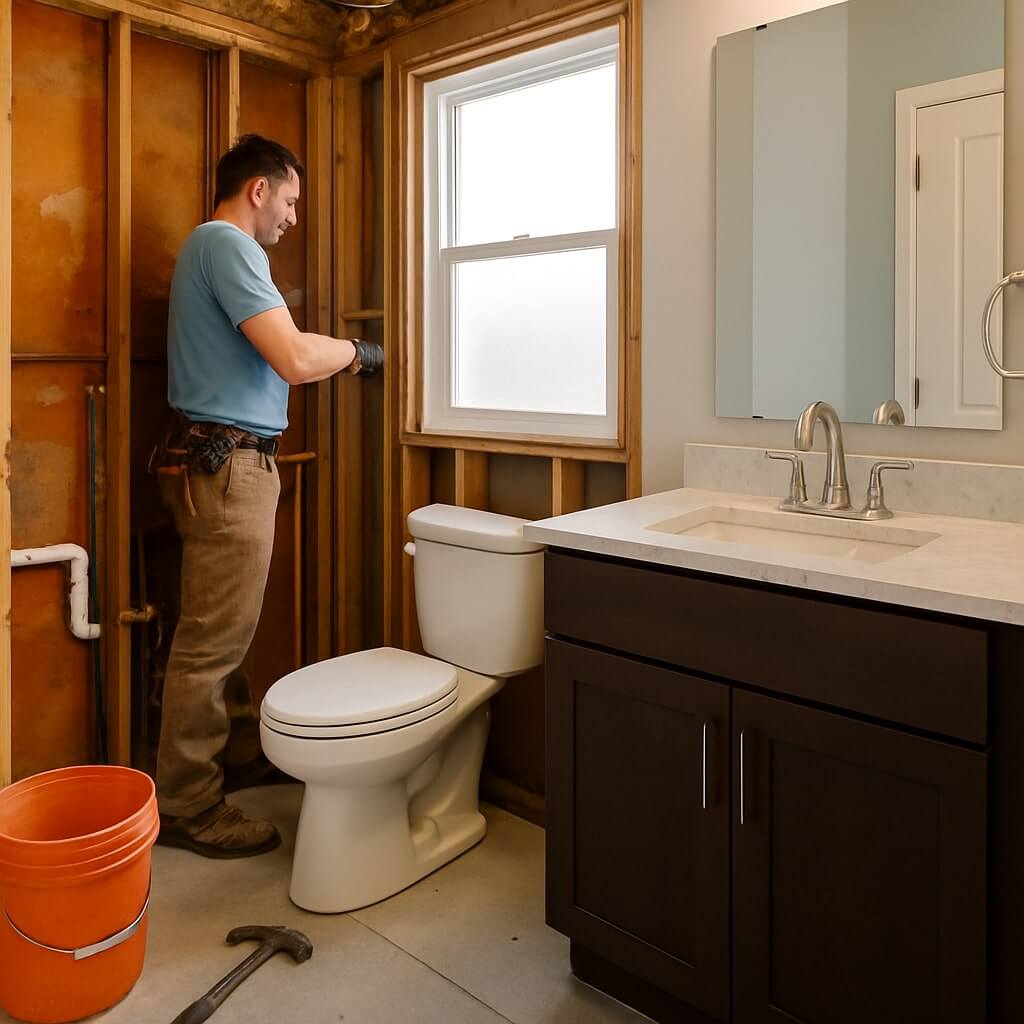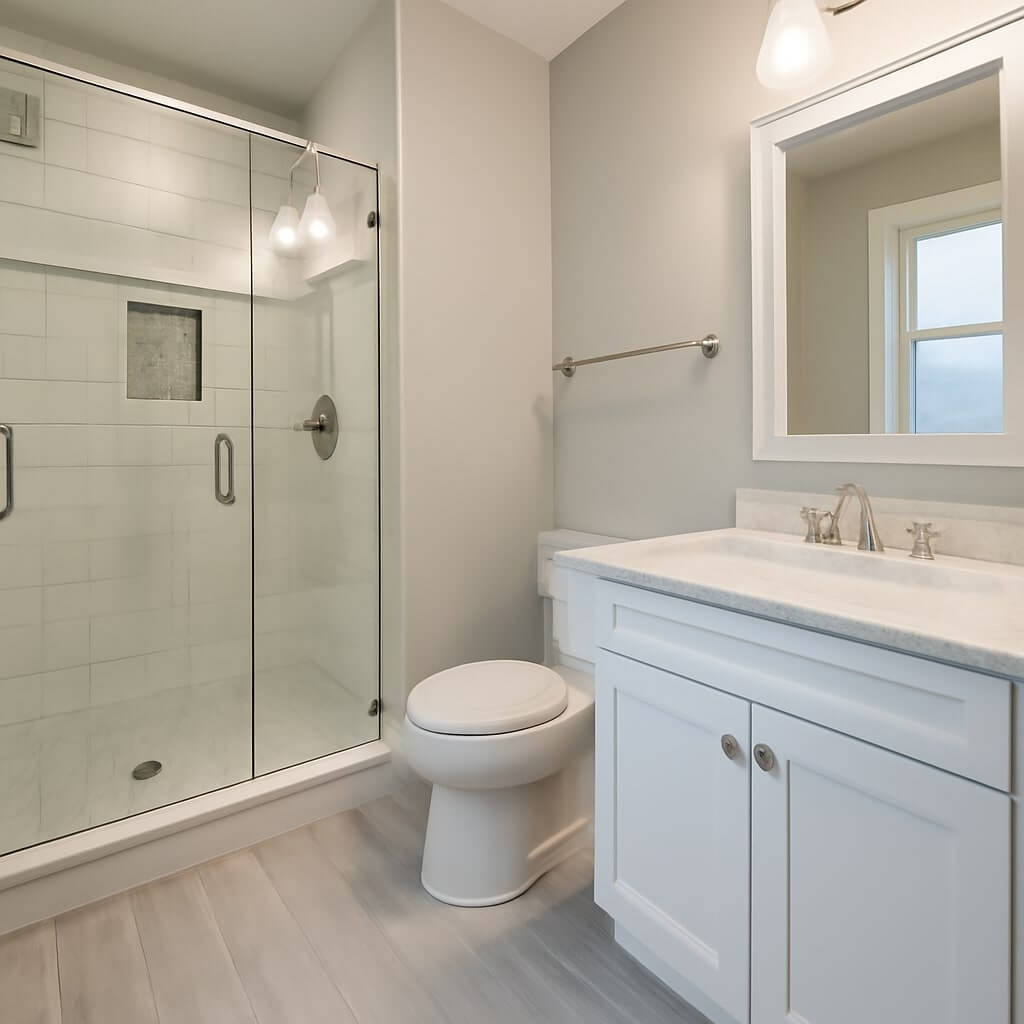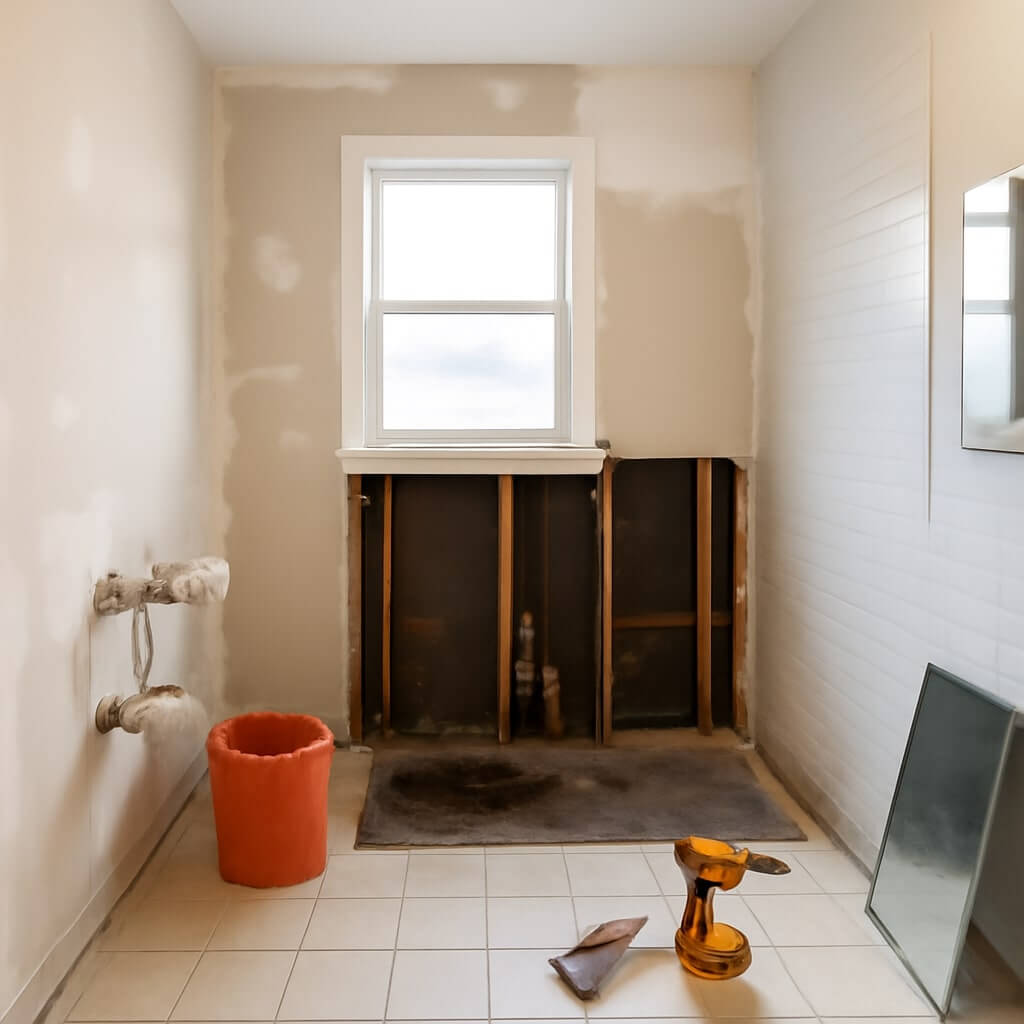Remodeling a bathroom can transform your home’s appearance and functionality, boosting its value and comfort. However, before you start tearing down tiles or installing new fixtures, one important question arises: do you need a permit to remodel a bathroom? The answer depends on several factors, including the scope of the project, local building codes, and safety regulations. This comprehensive guide will help homeowners understand when a bathroom remodel requires a permit, why permits matter, and how to navigate the permitting process effectively.
What Is a Bathroom Remodel Permit?
A bathroom remodel permit is an official approval issued by your local building department that allows you to make structural or system changes in your bathroom. It ensures that the work complies with local building codes, zoning laws, and safety standards. Permits typically cover plumbing, electrical, ventilation, and structural modifications.
When Do You Need a Permit to Remodel a Bathroom?
Not every bathroom renovation requires a permit. Minor cosmetic updates like painting, replacing a vanity, or swapping out fixtures often do not require permits. However, major changes usually do. Here are common scenarios that require a permit:
- Plumbing changes: Installing new toilets, sinks, showers, or tubs, rerouting pipes, or upgrading plumbing systems.
- Electrical work: Adding or relocating outlets, lighting fixtures, exhaust fans, or upgrading electrical panels.
- Structural modifications: Moving or removing walls, enlarging windows, or changing doorways.
- Installing new ventilation: Adding or upgrading bathroom exhaust fans to meet ventilation requirements.
- Changing floor plans: Altering the layout that affects plumbing or electrical systems.
Why Are Bathroom Remodel Permits Important?
Obtaining a permit may feel like a hassle, but it serves essential purposes:
- Safety assurance: Permits ensure that licensed professionals inspect your work to prevent hazards like electrical fires, leaks, or structural failures.
- Legal compliance: Remodeling without a permit can lead to fines, forced removal of unapproved work, or difficulty selling your home.
- Protects investment: Proper permits demonstrate that your renovation meets code, which is reassuring to future buyers and insurance companies.
- Quality assurance: The inspection process promotes high workmanship and adherence to local building standards.
How to Find Out If You Need a Permit
Building codes and permit requirements vary widely by city, county, or state. To find out if you need a permit:
- Contact your local building department: Most municipalities have websites or offices where you can inquire about permit rules.
- Consult with your contractor: Licensed contractors typically know when permits are necessary and can handle the application.
- Check your municipality’s building codes: Many areas publish their codes online, including specific requirements for bathroom remodels.
- Consider the scope of work: If you are only doing cosmetic upgrades with no system changes, you likely don’t need a permit.
How to Apply for a Bathroom Remodel Permit
If a permit is required, follow these steps:
- Prepare your project plans: Include drawings or blueprints showing plumbing, electrical, and structural changes.
- Submit application: File your permit application with your local building department, including fees.
- Wait for approval: The department will review your plans for compliance.
- Schedule inspections: During and after construction, inspectors will verify the work meets codes.
- Obtain final sign-off: Once approved, you receive a certificate indicating the remodel is compliant.
What Happens If You Remodel Without a Permit?
Undertaking bathroom remodeling without the required permits can result in:
- Fines and penalties: Local governments may impose financial penalties for unauthorized work.
- Mandatory removal or rework: You might be required to undo work that violates codes.
- Difficulties selling your home: Unpermitted work can cause appraisal and insurance problems.
- Safety risks: Without inspections, defects may go unnoticed, increasing hazards.
Tips for a Smooth Bathroom Remodel Permit Process
- Start early: Obtain permits before beginning any work to avoid delays.
- Hire licensed professionals: They understand permit requirements and building codes.
- Keep documentation: Save all permits, inspections, and approvals for future reference.
- Stay informed: Local codes can change, so verify requirements regularly.
- Communicate with inspectors: Be open to inspections and promptly address any issues.
FAQ
Even if you are a homeowner doing the work yourself, permits are usually required for plumbing, electrical, and structural changes. Always check local regulations.
Permit fees vary by location and project scope but typically range from $50 to several hundred dollars.
Processing times vary, from a few days to several weeks depending on your local building department’s workload.
Yes, cosmetic changes that do not alter plumbing, electrical, or structural elements generally do not require permits.
Common inspections include plumbing, electrical, framing, and final inspection to ensure code compliance.
Conclusion
Knowing whether you need a permit to remodel a bathroom is crucial for a safe, legal, and successful renovation. While minor cosmetic updates usually don’t require a permit, most plumbing, electrical, and structural changes do. Obtaining the right permits protects your investment, ensures safety, and prevents costly legal issues. By researching local requirements, working with professionals, and following the proper permitting process, homeowners can enjoy their newly remodeled bathrooms with peace of mind. Always prioritize permits and inspections to ensure your bathroom renovation meets all local building codes and stands the test of time.




